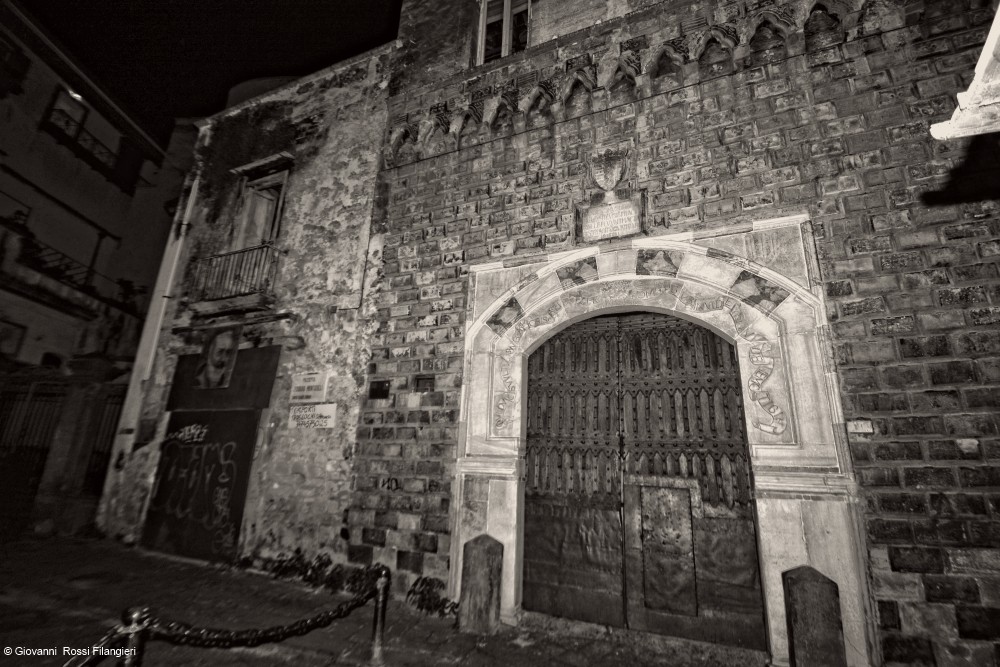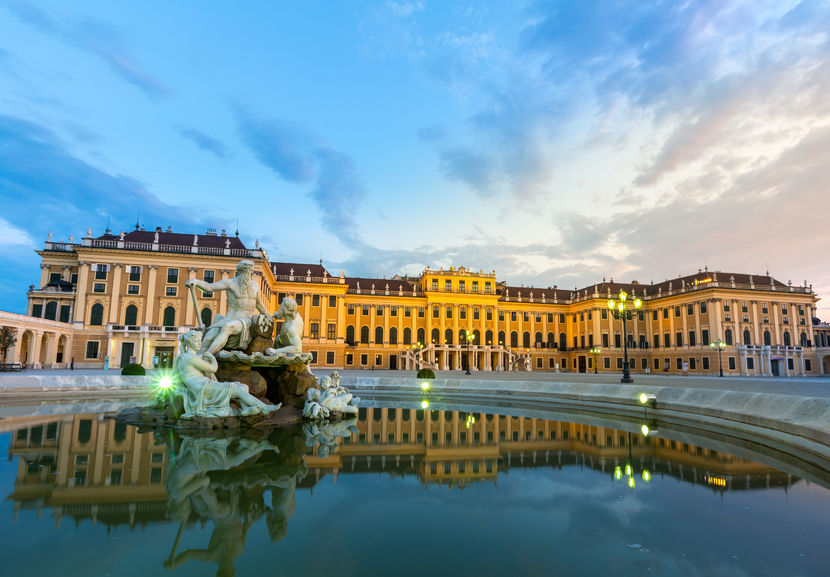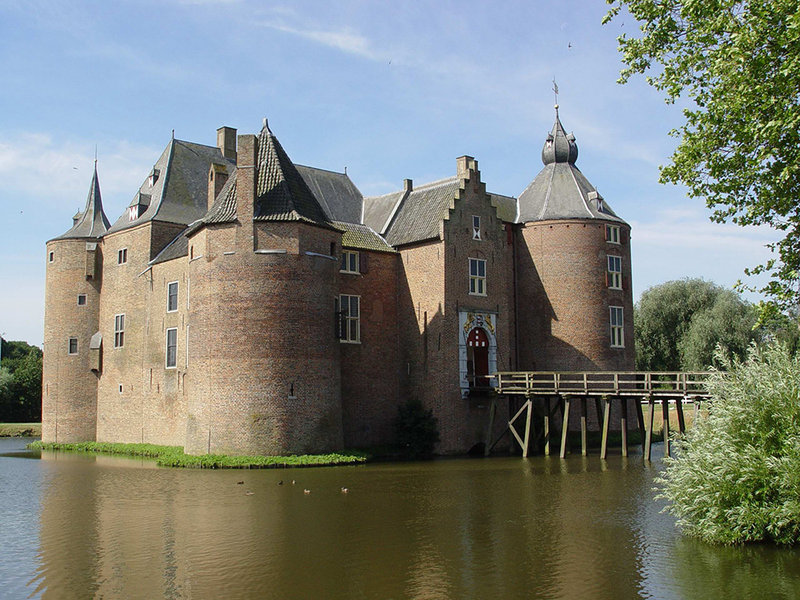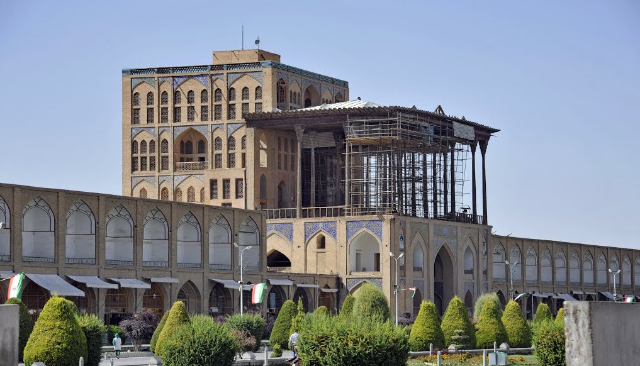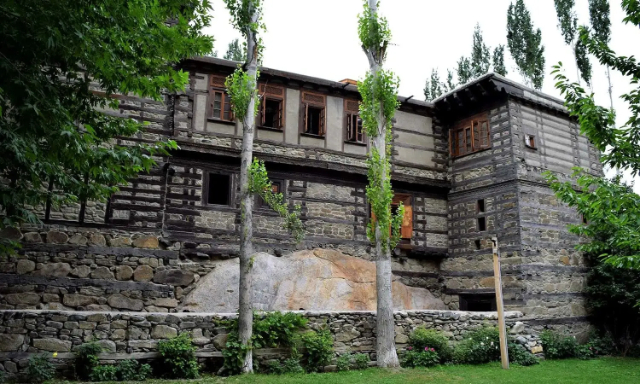The devil’s palace is in Naples: here is its legend
"
It was built by Antonio Penne, secretary to the King of Naples Ladislaus, in 1409. Legend has it that Penne, as soon as he arrived in the city, fell in love with a girl. This one – already courted by others – told him that she would marry him if he could build her a palace in one night.
So it was that Antonio Penne, in order to succeed, asked the devil for help, who of course demanded his soul in return, complete with a written contract. There was one clause, however: Penne would surrender his soul only if the devil counted all the grains of wheat he would scatter in the courtyard of the palace to be built.
With the palace built, it was time for the "test." Feathers scattered in the courtyard wheat, but also pitch: the grains of wheat stuck to the devil’s hands and he could not count. At that point the protagonist made the sign of the cross, and this gesture opened a chasm into which the devil sank. A well now closed, but still visible to those who visit the ancient and wonderful Neapolitan Renaissance palace.
Antonio di Penne (or Penne), came from the small town of Penne in Abruzzo, from a well-to-do middle-class family. He was secretary, special adviser to King Ladislaus of Anjou Durazzo and "imperial notary." The earliest certain information we have is from June 1391 when he was secretary to King Ladislaus; in 1399 he obtained the appointment of compiler of royal concessions; in 1403 he is "public apostolic imperial notary authorized to compile the act of power of attorney for the marriage between Duke William of Austria and Giovanna Durazzo" (the future Queen Giovanna II). So high was his prestige at court that he obtained permission to erect his own funeral monument in Santa Chiara, the exclusive place of the Angevin nobility, architect the Baboccio, who is also credited with the construction of the palace. The funeral monument, canopy structure and two columns resting on lions can still be admired today, while the sarcophagus is placed in the second chapel on the right.
The Penne Palace is the only evidence of the civil architecture of the "Angevin-durazzesco" period. The choice of the place was not accidental: the hill of the ducal age, supplied with water from the hill itself, with healthy air and far from the dangers of alluvial landslides. It is also necessary to consider that the then street level outside the hill was approximately 5 meters below the present one. The slope to the side of the building is called in Neapolitan "Pennino" (slope): it was turned into a fondaco, then called "steps of Santa Barbara," and leads into the very ancient via Sedil di Porto overlooking the sea, before the Aragonese’s filling moved its banks away.
1406 is the year the palace was built, as noted by the plaque above the arch: "Twentieth year of the reign of King Ladislaus…" "XX anno regni regis Ladislai sunt domus haec facte nullo sint turbine fracie mille fluunt magni bistres centum quater anni" (precisely 1406), with the seal of three small feathers; the dedication forms a single block with the coat of arms of the house of Anjou-Durazzo. The sovereign concession to embellish the palace with the arms and symbols of the royal house, as well as the approval of the Penne coat of arms, signified eternal protection to the Penne family.
Observing the facade, the chromatic relationship between the materials is striking: the ashlar of piperno alternating with the "sweet stone of the mountain" referred to as "piperino tuff," which is actually trachyte: compact rock of an ash-yellowish color. The pediment is formed by small arches called "flamboyant Gothic" with the crown of King Ladislaus in the first order and below, alternating, the Cross of Jerusalem, the heraldic coat of arms of Majorca (the poles) and the bands of the house of Durazzo.
In the frame of the rustication one notices the "feathers" symbol of the house in three rows, surmounted by the Angevin lilies, in honor of King Ladidslao, in seven rows, while the aforementioned plaque including the Angevin coat of arms surmounts the lowered arch known as a "yoke."
In the center of the arch is a composition representing the religious and superstitious spirit of Antonio Penne: stylized clouds from which rays emerge (divine light) with two hands holding a ribbon bearing engraved two verses of Martial (the preservation from the evil eye) "Avi Ducis Vultu Sinec Auspicis Isca Libenter Omnibus Invideas Nemo Tibi" (You who do not turn your face and do not look willingly at this (palace) O envious one, envy all, no one envies you).
The gateway is made of oak, although it has been tampered with over the centuries, it is the only example of craftsmanship with steel spikes, iron studs called "studs," composed of original arches from the Gothic period.
Passing through the gateway one enters an inner courtyard, enriched by a beautiful five-arched portico with a lovely garden still partly preserved. The courtyard was originally overlooked by sixteen stables for about forty horses and six carriages, while the majestic portico was adorned with statues from the Roman period, all later remodeled in 1740 and concealed by the construction of the porter’s house and the walls erected to support the elevation, as well as "The Majestic Arch" of which only the trace in the wall remains. In the apartment on the second floor there were two halls, one of which overlooked the porch and the other a courtyard leading into the park all with frescoed ceilings. In the courtyard there was a spiral staircase that led to the cellars that were below the level of the palace; of these cellars those on the steps of Santa Barbara survive, from which street they were reached by two entrances that are now walled up and barely perceptible. A piperno staircase led to the second floor, where there was a large terrace with a balustrade also made of piperno.
In 2002, the Campania Region purchased the building for 10 billion liras from a private individual who held possession of it and had modified it into a bed and breakfast facility. The building was then given on loan for use in 2004 to Oriental University. The plan was to build a university hub with laboratories, seminar and conference rooms, and student services. Work to rehabilitate the building was never started due to the presence of squatters in the building.
